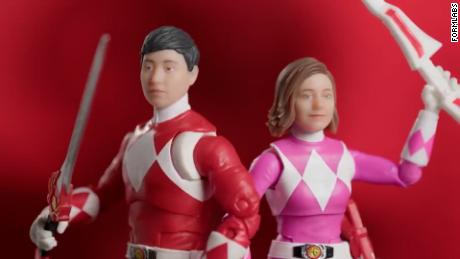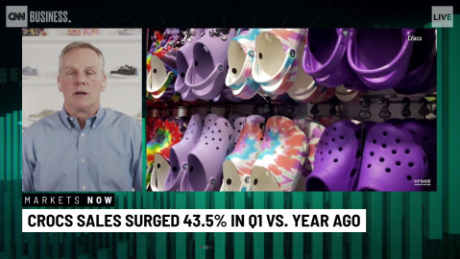New York (CNN Business)Eddie Lampert was heralded as a financial genius when he bought Sears in 2005 through a merger with Kmart. BusinessWeek ran his picture on the cover with the headline "The Next Warren Buffett?"
No one thinks that now, with the possible exception of Lampert himself. He slashed costs with a chain saw. He let Sears and Kmart stores grow barren and rundown, eventually leading Sears into bankruptcy.
Lampert made his money at Goldman Sachs risk-arbitrage department, and at legendary investor Richard Rainwater's hedge fund. He used that money to start his own fund. His best bet was on AutoNation and AutoZone, which soared in value and made him a billionaire.
Lampert's first investment was in Kmart, which he bought out of bankruptcy. He cut capital spending, inflating earnings and its stock price. He then used that inflated stock to buy Sears.
He hasn't gotten rich as Sears' CEO and chairman. He took $1 a year in salary since becoming CEO, and he received the rest of his pay in now worthless stock and options. His majority stake in Sears' stock has essentially been wiped out.
As Sears blew through its dwindling cash reserves, Lampert's hedge fund made loans to the company money that were backed by the company's assets, including including real estate balances on Sears credit cards. That made him Sears' largest creditor: Sears owes him at least $1.3 billion. Even if Sears liquidates, he'll end up holding real estate worth hundreds of millions of dollars.
Lampert also acquired some of the most attractive Sears and Kmart locations through a real estate investment company, Seritage (SRG), of which he is also the chairman and a major shareholder. Seritage bought hundreds of properties from Sears and Kmart.
The absentee CEO
Lampert is not well liked at Sears. He runs the company from afar, staying at his home in South Florida. He mostly interacts with Sears executives in suburban Chicago through conference calls. Sears' corporate filings lists Lampert's primary office as his Miami-area home.
"Everyone knows it's the last company, the last person you want to work for in retail," said Jaime Ward, head of the retail finance group at Citizens' bank. "He doesn't get retailing. It's been obvious to everyone in the company. The headquarters employees have been working under duress for the last five to ten years."
Sears had little direction under his stewardship. He failed to hire experienced retail leaders, appointing himself CEO in 2012. He gave up the CEO title as part of its bankruptcy filing, turning the company over to a group of other top executives, though he remains its chairman.
"You have to employ experienced people. You have to protect your most important, most productive assets," said Mark Cohen, the former CEO of Sears Canada, now the director of retail studies at Columbia University. "He did none of that."
Lampert has defended his record by claiming he prolonged the company's life with his loans. He points to the vast sums of money that he and his hedge fund have pumped into Sears in recent years.
"This funding has given the company time it would not otherwise have had to adjust its operations, attempt to return to profitability, and maximize its asset values," he said in a September blog post. Lampert did not respond to multiple requests for comment.
Lampert stuck with Sears longer than most private equity investors, which typically have a much quicker trigger on moving into bankruptcy and then liquidation once losses start to mount. Toys "R" Us, Sports Authority, Gymboree and Claire's, all purchased by private equity firms, ended up in the same boat.
But critics said Lampert stuck with Sears simply to give himself a chance to harvest its most valuable assets.
"The cynical side of me says he's been staying with the business for the benefit of Eddie and his hedge fund, and at the end of the day he'll make out just fine," said Ward.
Lampert could continue to benefit from Sears long after the company's bankruptcy
He offered to buy the company's Kenmore appliance brand ŌĆö once valued at $2 billion ŌĆö for $400 million, and offered $70 million to $80 million for part of Sears' home services division. Those deals never happened, but he still could end up buying some of those assets as part a bankruptcy auction.
Sears also intends to sell most of its remaining stores as part of the bankruptcy process. Lampert is expected to be the initial bidder for those properties.
If Sears does go out of business, Lampert could continue to sell Kenmore appliances, rent stores to other retailers or develop the property into condos or other use.























